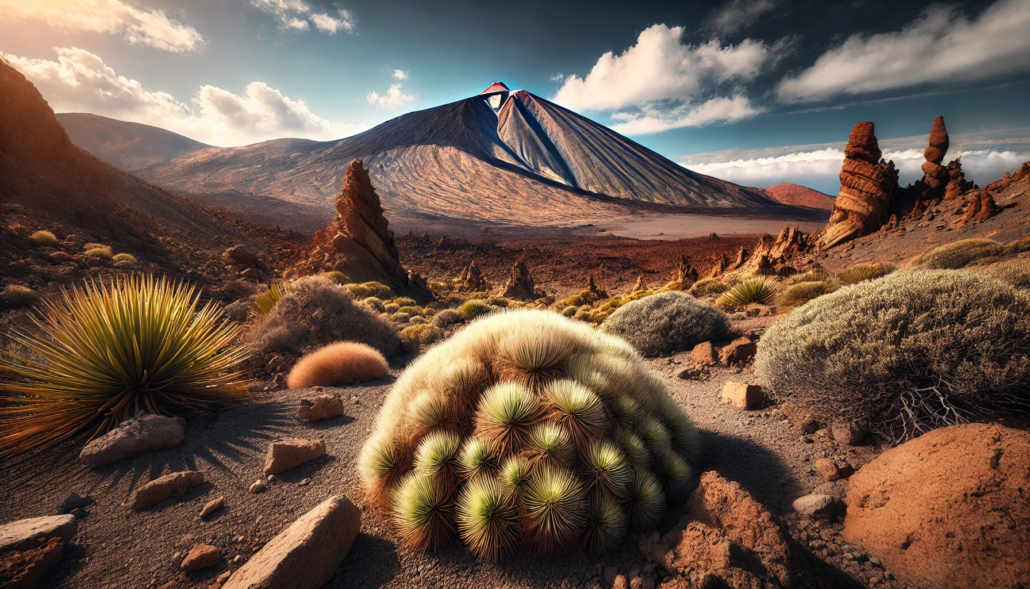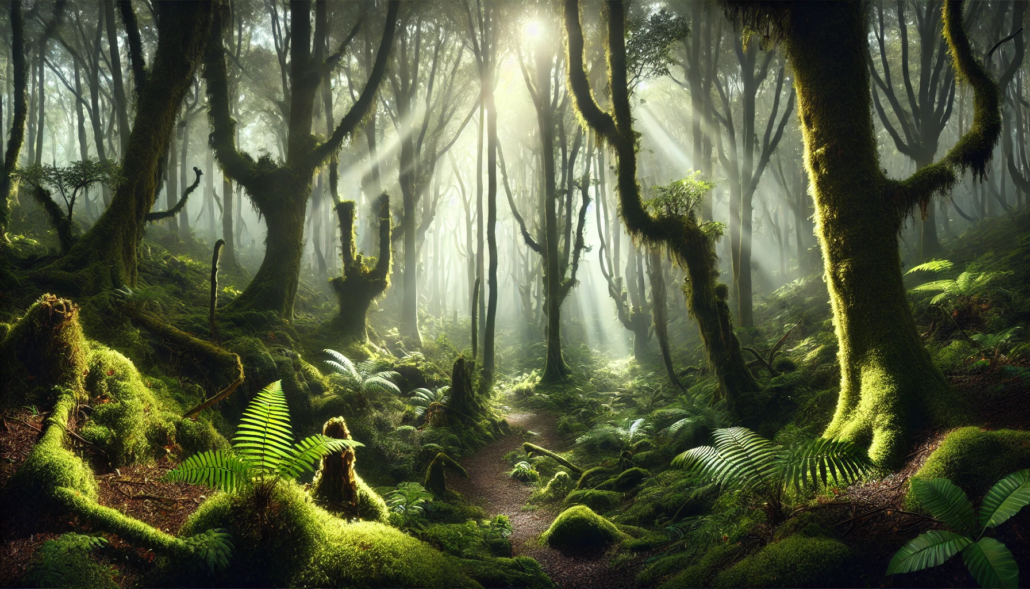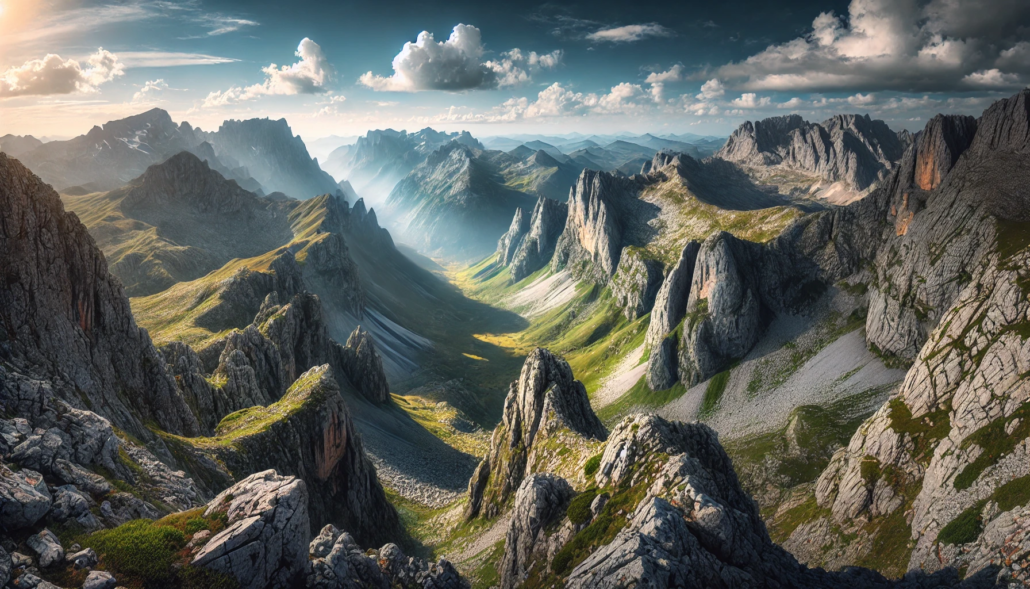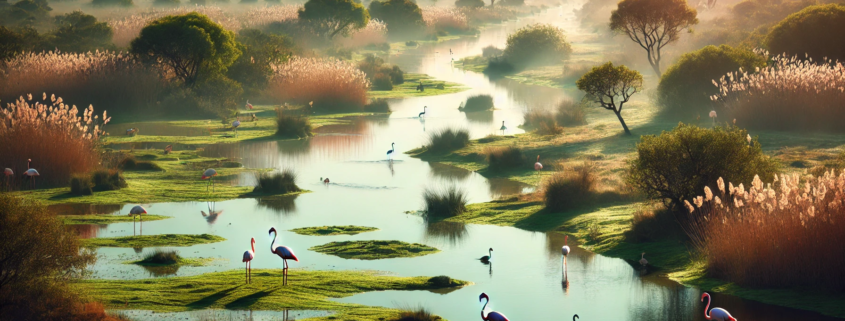Top 10 Tips for Visiting Spain’s National Parks
1. Teide National Park
- Location: Tenerife, Canary Islands
- Highlights: Mount Teide (Spain’s highest peak), volcanic landscapes, and unique flora.
- Best Time to Visit: Year-round; spring and autumn are ideal, as summer can be hot.
- Activities: Hiking, stargazing, cable car rides, photography.
- Overview: This UNESCO World Heritage site is known for its surreal volcanic terrain and Mount Teide’s stunning summit. A popular destination for stargazing, the park offers several hiking trails and a cable car that takes visitors near the peak for incredible views.
2. Ordesa and Monte Perdido National Park
- Location: Pyrenees, Aragon
- Highlights: Monte Perdido, Ordesa Valley, high-altitude forests, and waterfalls.
- Best Time to Visit: Spring (April – June) and autumn (September – October) for pleasant temperatures and fewer crowds.
- Activities: Hiking, climbing, wildlife viewing, and photography.
- Overview: Ordesa and Monte Perdido National Park is a UNESCO Biosphere Reserve, famous for its dramatic canyons, waterfalls, and high-altitude landscapes. Known as the “Grand Canyon of Europe,” the park offers breathtaking hikes through lush forests and scenic valleys.
3. Sierra Nevada National Park
- Location: Andalusia, near Granada
- Highlights: Mulhacén and Veleta peaks, alpine landscapes, ski resorts, and unique flora.
- Best Time to Visit: Winter (December – March) for skiing; spring and early summer (April – June) for hiking.
- Activities: Skiing, snowboarding, hiking, birdwatching.
- Overview: Home to mainland Spain’s highest peaks, Sierra Nevada is a year-round destination, offering skiing in winter and hiking in warmer months. The park is known for its rich biodiversity and alpine landscapes, providing scenic trails and skiing opportunities close to Granada.
4. Doñana National Park
- Location: Andalusia
- Highlights: Wetlands, migratory birds, Iberian lynx, and dune systems.
- Best Time to Visit: Spring (March – May) and fall (September – November) for birdwatching and mild weather.
- Activities: Birdwatching, wildlife safaris, guided tours, and photography.
- Overview: This UNESCO World Heritage site and Biosphere Reserve is one of Europe’s most important wetland reserves, renowned for its diverse bird populations and rare Iberian lynx. Its vast marshlands and shifting dunes make it an ideal destination for wildlife enthusiasts.

5. Picos de Europa National Park
- Location: Northern Spain (Asturias, Cantabria, Castilla y León)
- Highlights: Limestone peaks, deep gorges, traditional mountain villages.
- Best Time to Visit: Summer (June – September) for hiking and climbing; autumn (October – November) for fall colors.
- Activities: Hiking, rock climbing, cycling, and wildlife spotting.
- Overview: Spain’s first national park, Picos de Europa is characterized by its rugged mountains, lush valleys, and traditional villages. Known for its deep gorges and dramatic limestone formations, it’s a paradise for hikers and climbers seeking spectacular mountain scenery.
6. Timanfaya National Park
- Location: Lanzarote, Canary Islands
- Highlights: Volcanic landscapes, geothermal activity, and lava fields.
- Best Time to Visit: Year-round; winter and spring offer cooler temperatures.
- Activities: Guided tours, camel rides, geothermal demonstrations.
- Overview: Known for its otherworldly landscapes formed by volcanic eruptions, Timanfaya is an iconic park featuring lava fields, craters, and geothermal vents. The only way to explore most of the park is via guided tours, which include demonstrations of geothermal heat and scenic walks through volcanic terrain.
7. Tablas de Daimiel National Park
- Location: Castilla-La Mancha
- Highlights: Wetlands, migratory birds, and scenic lagoons.
- Best Time to Visit: Spring (March – May) and autumn (September – November) for bird migrations.
- Activities: Birdwatching, nature walks, and photography.
- Overview: One of Spain’s most important wetland areas, Tablas de Daimiel is known for its biodiversity, particularly its birdlife. The wetlands attract migratory species, making it a prime destination for birdwatchers. Walkways through the lagoons offer close-up views of the park’s unique ecosystem.

8. Garajonay National Park
- Location: La Gomera, Canary Islands
- Highlights: Ancient laurel forests, mist-covered woodlands, and unique flora.
- Best Time to Visit: Spring (March – May) and autumn (September – November).
- Activities: Hiking, nature walks, birdwatching, and photography.
- Overview: A UNESCO World Heritage site, Garajonay is renowned for its lush laurel forests, a rare subtropical ecosystem. Often shrouded in mist, the park offers mystical, atmospheric hikes through dense woodlands filled with endemic plant species.
9. Cabañeros National Park
- Location: Castilla-La Mancha
- Highlights: Mediterranean forest, large deer populations, bird species.
- Best Time to Visit: Autumn (September – November) for wildlife viewing, especially during the deer rut.
- Activities: Wildlife safaris, hiking, birdwatching, and photography.
- Overview: Often referred to as the “Spanish Serengeti,” Cabañeros is famous for its large populations of deer and birds of prey. The park’s Mediterranean forest landscapes and open plains offer prime opportunities for wildlife safaris and birdwatching tours.

10. Cabrera Archipelago National Park
- Location: Balearic Islands, near Mallorca
- Highlights: Marine life, clear turquoise waters, and underwater caves.
- Best Time to Visit: Summer (June – September) for diving, snorkeling, and boat tours.
- Activities: Diving, snorkeling, boat excursions, and nature walks.
- Overview: Comprising a series of small islands, the Cabrera Archipelago is known for its pristine marine environment and rich biodiversity. With clear waters and diverse marine life, it’s a popular spot for diving and snorkeling. Access is by boat, and the park limits visitors to protect its ecosystems.
Spain’s national parks span a wide range of landscapes, from volcanic islands and lush wetlands to snow-capped mountains and deserts. Here’s a comprehensive guide to Spain’s top national parks, along with travel tips, seasonal advice, and packing essentials to help you make the most of your adventure.
1. How to Prepare for Your Visit
- Check for Permits: Some parks, like the popular Teide National Park, require permits for specific trails, especially for access to summits. Plan in advance to secure these permits.
- Plan for Varying Climates: Spain’s parks cover a range of climates, from Mediterranean to alpine. Research the specific park to prepare for the weather and pack accordingly.
- Respect Conservation Areas: Many of Spain’s parks are protected due to delicate ecosystems. Follow guidelines on restricted areas, especially in parks like Doñana and Tablas de Daimiel.
2. Best Ways to Travel to Spain’s National Parks
- Public Transportation: Larger parks like Sierra Nevada and Picos de Europa are accessible by train or bus from major cities, while smaller parks may require a combination of public transport and hiking.
- Renting a Car: Renting a car offers flexibility and is especially helpful for reaching remote parks like Ordesa and Monte Perdido. Car rental is highly recommended for road trips across the diverse regions of Spain.
- Ferries for Island Parks: For island parks like Teide and Garajonay in the Canary Islands, use domestic flights or ferries. Ferries operate regularly between the islands, making it easy to combine visits to multiple parks.
3. What to Wear
- Layered Clothing: Some parks, like Sierra Nevada, have significant temperature differences between day and night. Wear layers to stay comfortable.
- Hiking Boots: Most Spanish parks, particularly mountainous ones like Ordesa, have rocky or uneven terrain, making sturdy boots essential.
- Sun Protection: With Spain’s sunny climate, bring a hat, sunglasses, and sunscreen, especially if visiting desert parks like Timanfaya.
4. What to Bring
- Reusable Water Bottle: Many parks have few or no water sources along trails, so pack enough water to stay hydrated.
- Snacks or Packed Meals: While some parks have dining facilities, many do not, so bring snacks or meals for day trips, particularly in remote areas.
- Map or GPS Device: Although trails are usually marked, some lesser-visited parks have more challenging navigation. Having offline maps or a GPS device can be helpful.
5. What to Expect in Spain’s National Parks
- Diverse Landscapes: From volcanic fields in Timanfaya to the alpine heights of Sierra Nevada, expect a wide variety of ecosystems across Spain’s parks.
- Wildlife Encounters: Many parks are home to unique wildlife, including the Iberian lynx in Doñana and griffon vultures in Picos de Europa. Observe wildlife from a distance for both your safety and theirs.
- Mountain Huts and Refugios: For multi-day hikes, particularly in Picos de Europa and Ordesa, refugios (mountain huts) provide shelter. These should be booked in advance, especially during peak season.
6. Seasonal Tips for Spain’s National Parks
- Spring (April – June): Ideal for most parks due to mild temperatures and fewer crowds. Spring is also peak season for birdwatching, especially in Doñana.
- Summer (July – September): Great for higher-altitude parks like Sierra Nevada, but be cautious of heat in desert and coastal parks. Summer can be crowded in popular parks.
- Autumn (October – November): Cooler weather and beautiful fall foliage make it a great time for parks like Ordesa and Picos de Europa.
- Winter (December – March): Parks like Sierra Nevada offer skiing, while others like Teide have a unique appeal with occasional snow. Some parks may have limited access due to weather.
7. Additional Tips for a Memorable Experience
- Arrive Early: Popular parks like Teide and Picos de Europa can get crowded. Arriving early gives you a quieter experience, especially on popular trails.
- Respect Local Guidelines: Some parks have strict conservation rules, such as no off-trail hiking or limits on visitor numbers. Follow all guidelines to help preserve the environment.
- Check for Local Festivals: Many towns near Spain’s parks hold traditional festivals, which can enhance your visit. For example, villages near Ordesa host fall festivals celebrating local culture and cuisine.
8. Packing Checklist for Spain’s National Parks
| Essentials | Outdoor Gear | Optional Items |
|---|---|---|
| Water bottle | Hiking boots | Binoculars |
| Snacks/Energy bars | Waterproof jacket | Portable charger |
| Sunscreen | Map or GPS device | Hiking poles |
| Sunglasses and hat | Small first aid kit | Lightweight camera |
| Layered clothing | Headlamp or flashlight | Insect repellent |
Spain’s National Parks Overview
| National Park | Location | Highlights | Best Time to Visit | Activities |
|---|---|---|---|---|
| Teide National Park | Tenerife, Canary Islands | Mount Teide volcano, lunar landscapes | Year-round, avoid midday in summer | Hiking, stargazing |
| Ordesa and Monte Perdido | Aragon, Pyrenees | Monte Perdido, high-altitude valleys | Spring and autumn | Hiking, wildlife viewing |
| Sierra Nevada | Andalusia | Mulhacén peak, ski resorts, alpine flora | Winter for skiing, spring for hiking | Skiing, hiking |
| Doñana National Park | Andalusia | Wetlands, Iberian lynx, migratory birds | Spring and fall | Birdwatching, guided tours |
| Picos de Europa | Northern Spain (Asturias, Cantabria) | Limestone peaks, gorges, mountain refugios | Summer and autumn | Hiking, climbing |
| Timanfaya National Park | Lanzarote, Canary Islands | Volcanic landscapes, geothermal activity | Year-round | Guided volcano tours |
| Tablas de Daimiel | Castilla-La Mancha | Wetlands, bird migration, lagoons | Spring and autumn | Birdwatching, photography |
| Garajonay National Park | La Gomera, Canary Islands | Laurel forests, unique plant species | Spring and autumn | Hiking, nature walks |
| Cabañeros National Park | Castilla-La Mancha | Mediterranean forests, large deer population | Autumn | Hiking, wildlife tours |
| Cabrera Archipelago National Park | Balearic Islands | Marine life, clear waters, underwater caves | Summer | Diving, snorkeling |
Spain’s national parks offer an incredible variety of landscapes and ecosystems, making them ideal destinations for nature lovers. Whether you’re exploring volcanic islands, hiking through alpine terrain, or spotting rare wildlife, Spain’s parks have something for everyone.




